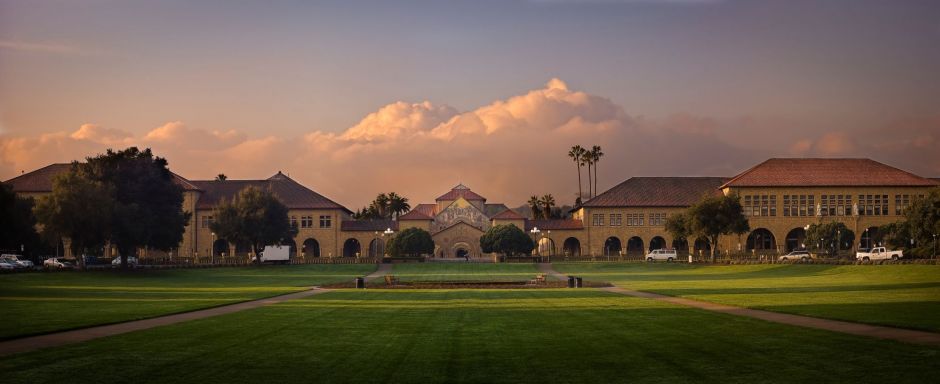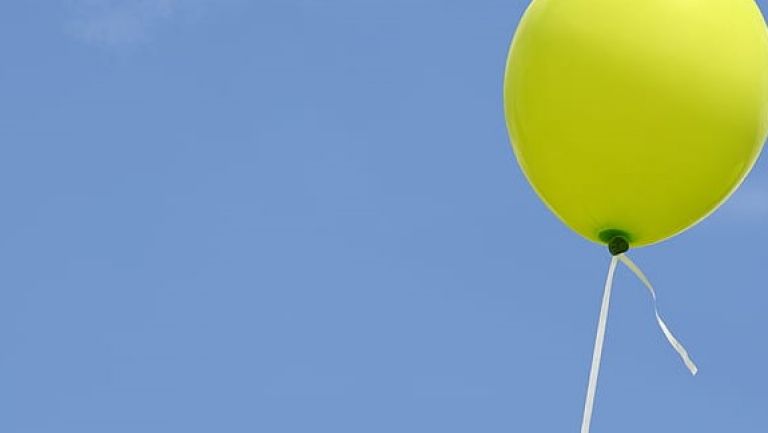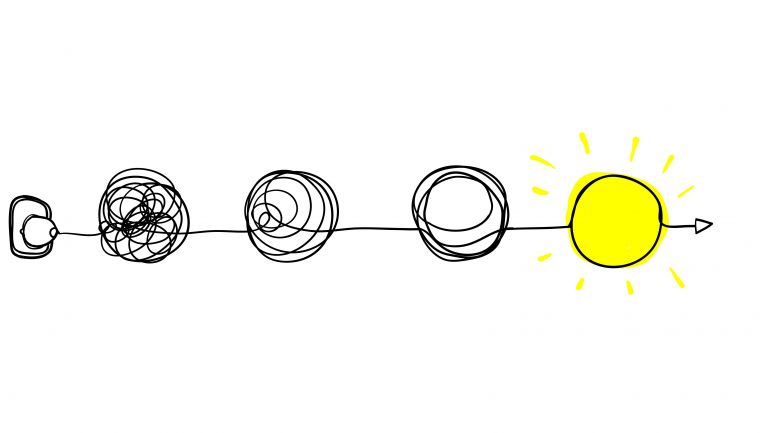Sign up for our monthly newsletter
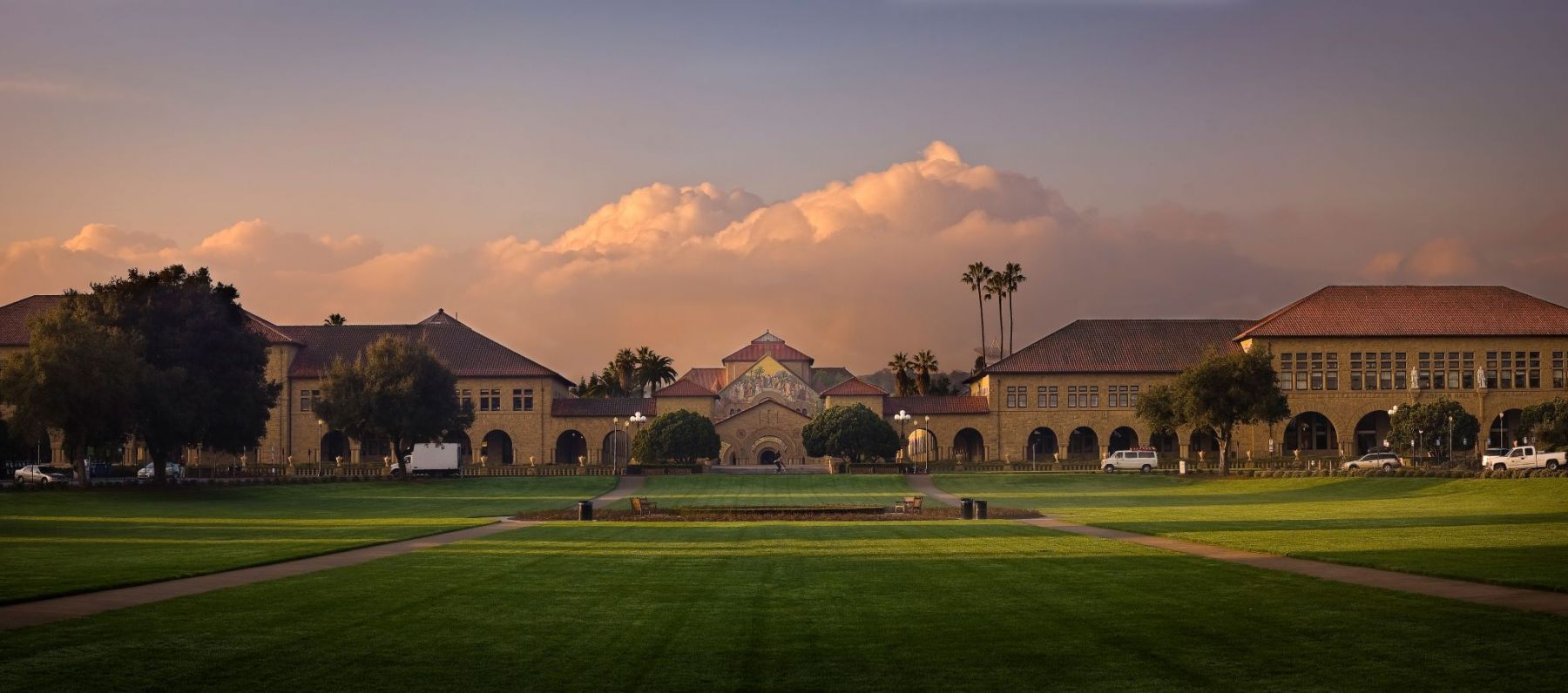
Understanding complexity for a (Ful)bright future...
At ThinkPlace we specialise in using design thinking and a design-led methodology to tackle the kind of problems that emerge in the complex systems that we live in as humans today.
It’s an approach that traces back to founding partner John Body who, more than a decade ago, began marrying his academic expertise in chaos and complexity theory with the then-emerging discipline of design thinking.
And it’s a focus that ThinkPlace Chief Innovation Officer, David Ireland, is looking to advance as he takes up a prestigious Fullbright Scholarship in the United States.
We’ll be checking in with David every now and then to see what he’s picking up as he spends time with some of the greatest design and complex system minds in the world today, and how those insights relate to the work ThinkPlace does across the globe.
READ MORE: DESIGNING IN COMPLEX SYSTEMS - THE THINKPLACE APPROACH

TP: You’re over in California as a Fulbright Scholar, what does that involve?
DI: I’m based at Stanford University for four months, working with Professor Banny Banerjee, Director of Change Labs. Along with lots of other meetings at Stanford and across the Bay area, I’m also visiting Kansas State University to spend time with their Food Security group, to Harvard to work with Professor Fawwaz Habbal (Executive Dean at the John A Paulson School of Engineering and Applied Sciences), and Professor Cass Sunstein (Harvard Law School), and to the US Department of Agriculture to work with virologist Dr Tavis Anderson.
I’ll also be spending some time in Washington DC, where ThinkPlace is busily setting up our permanent American presence and partnering with some large global players on some very exciting projects (more on that in the future).
The main purpose of my time over here is to work with some of the best minds and practitioners who are developing new methodologies to solving some of the world’s really complex problems. I want to learn from them and see if I can adapt and apply that to the work that we do at ThinkPlace in complex systems.
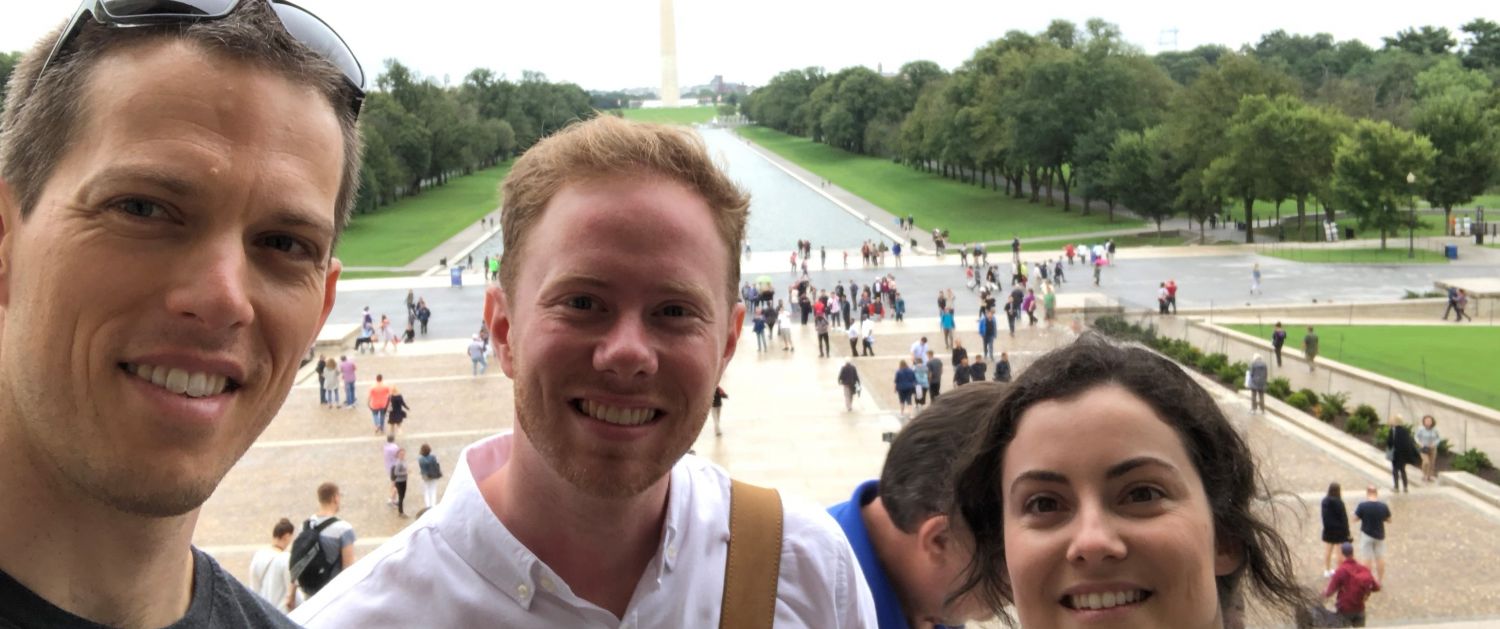
TP: What’s the environment like? What are your fellow scholars working on?
DI: The environment is great. The opportunity to work with the people I’m working with, and the time to think deeply about it all, it’s a luxury and a gift. I’ve only been here two weeks so far, and already I’m uncovering and building some methods that I think will be a game changer for how we make positive and sustainable change.
I’m a bit different to most of the scholars as I’m over here as a professional Fulbright. The other scholars are working on some amazing things though.
TP: What specific project(s) will you be working on?
DI: I am wanting to explore and develop new methods for addressing complex challenges, including the United Nations Sustainable Development Goals. That involves developing approaches to better understanding the current systems we’re working in, better understanding the behaviours of the people in those systems, better designing possible futures, and developing new approaches to scaling interventions across people and communities.
I’m also forging stronger links between UQ and Stanford (I’m an adjunct professor at UQ and we have established a joint lab). There are some exciting collaborative opportunities, including project work and joint supervision of students.
TP: What will you produce?
DI: I’m working on new methods that we can apply to our projects. My Fulbright is less about academic papers and more about practical applications. While I want to write to academic papers during my time here, I’m more focused on building things that we can use to create positive impact. I’ve already started threading some new ways of doing things into some large projects we are working on out of Washington, so we’ll be learning if it works quickly.
TP: What else do you hope to achieve over there?
DI: Meeting some amazing, super-smart and motivated people. I’m a co-founder of a few companies, so I might take the opportunity to meet some relevant people for those as well. I’ll also be doing a bit of exploring over weekends. I just spent a weekend in New Orleans, which was amazing.
TP: What have you picked up about the design culture at Stanford? How is it different?
DI: In change labs, they take a very strong systems perspective to their work. Design is a component of what they do, but they have a really holistic approach to thinking about the problems they are working on. Being at Stanford also provides them with some unique opportunities for participating in forums and meetings that give them insights into what is happening around the world.
TP: How will the work you are embarking on as part of the Fullbright be applicable to what we do at ThinkPlace?
DI: I’m hoping that, if I can come up with new and improved methods I can feed them into the work we do at ThinkPlace. It may not be appropriate for all our work but if I can add to our toolkit of methods we can use as part of our determination to shift the needle on the United Nations Sustainable Development Goals then that would be ideal.
